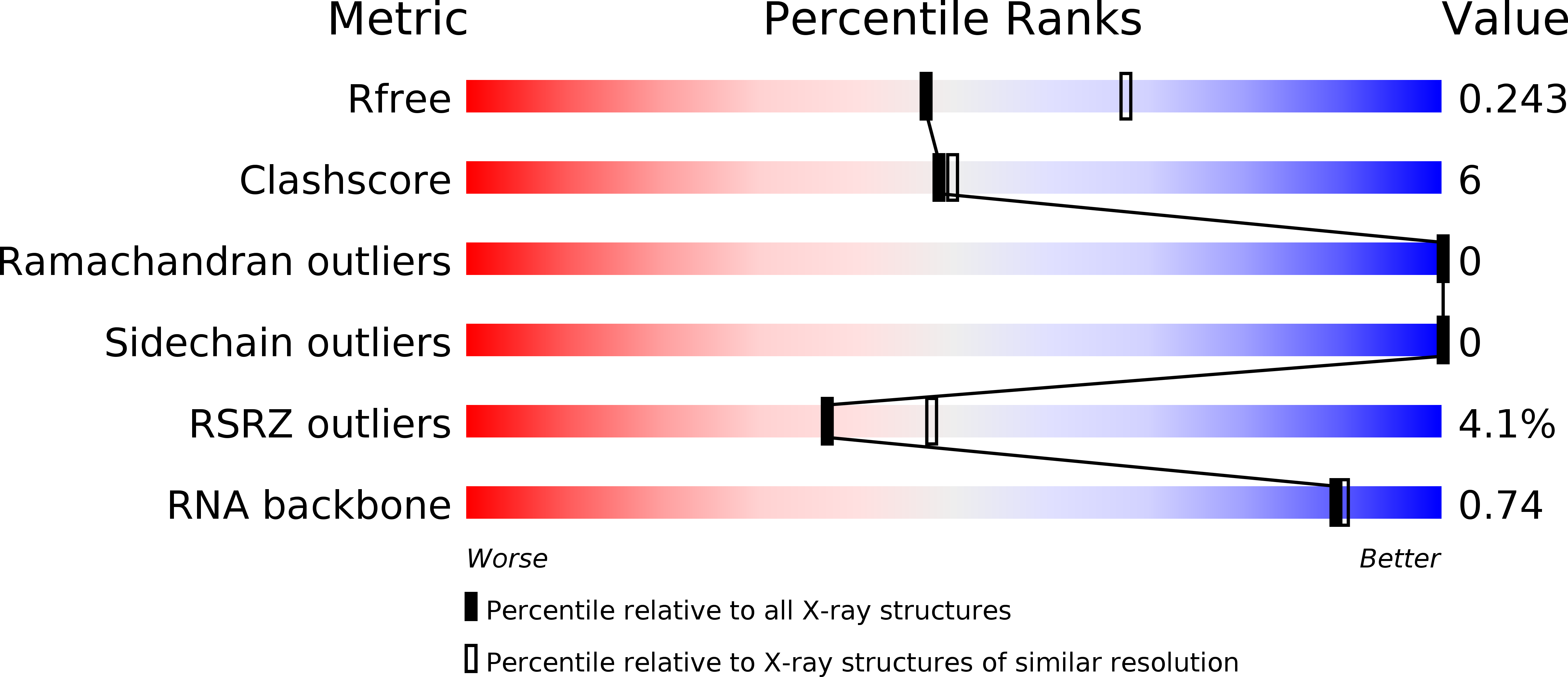
Deposition Date
2016-12-23
Release Date
2017-10-11
Last Version Date
2024-03-06
Entry Detail
PDB ID:
5UD5
Keywords:
Title:
Crystal structure of the tRNA binding domain of Pyrrolysyl-tRNA synthetase bound to tRNA(Pyl)
Biological Source:
Source Organism:
Host Organism:
Method Details:
Experimental Method:
Resolution:
2.35 Å
R-Value Free:
0.24
R-Value Work:
0.21
R-Value Observed:
0.21
Space Group:
P 31 2 1


